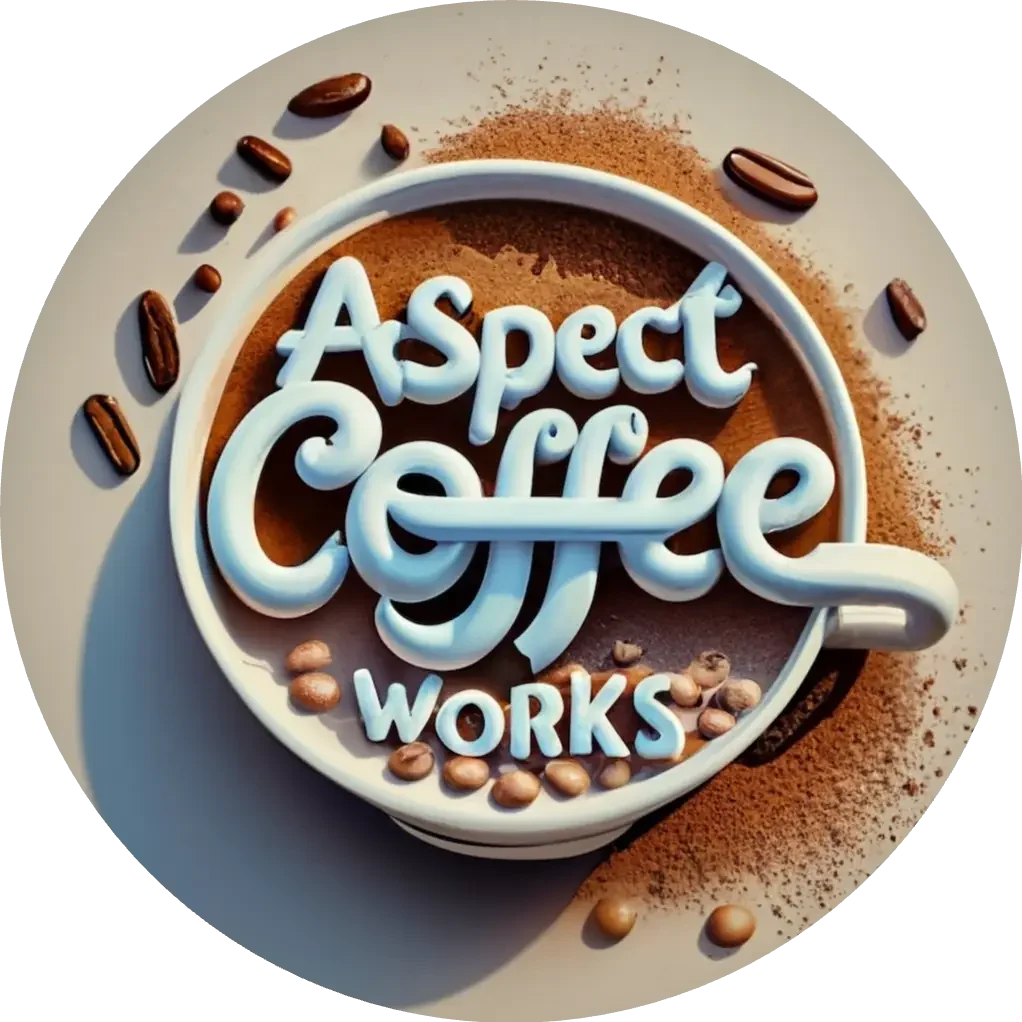How to Make Decaf Coffee: A Quick and Easy Guide
Making decaf is a great way to enjoy a warm cup without the caffeine buzz. Whether you’re sensitive or cutting back, decaf can be a great alternative. In this guide, Aspect Coffee Works will share tips on how to make decaf coffee brew at home.
One important thing to consider is the decaffeination process. Several methods are used, including direct menstruum, indirect solvent, and water-processed methods. Each has advantages and disadvantages, so choose the right one for your needs. I will discuss these methods in more detail later.
Another factor to consider is the roast level. Decaf beans are more sensitive to heat, so they need to be heated carefully. Choosing a medium roast for decaf is best, as this preserves flavor and aroma. I will provide more tips on heating this bean later.
Contents
- 1 Understanding Decaf Coffee Contains Caffeine
- 2 Materials Needed To Decaffeinate in Decaf Coffee
- 3 Mastering the Art – How to Make Decaf Coffee
- 4 Method of Decaffeination Used Today
- 5 Decaffeination Process for a Perfect Cup
- 6 Common Mistakes to Avoid
- 7 Fair Prices for Decaffeinated Coffee Beans
- 8 Conclusion
Understanding Decaf Coffee Contains Caffeine
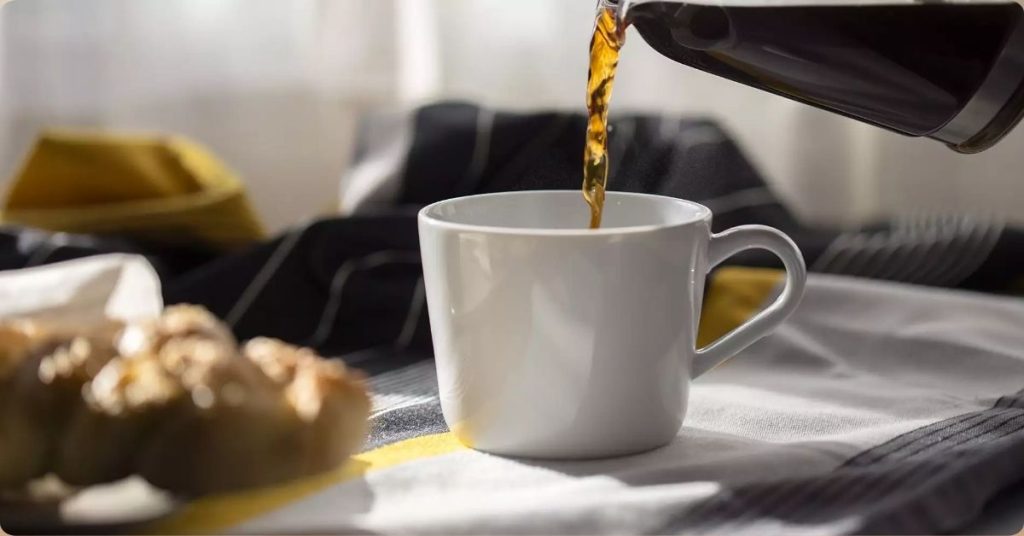
What is Decaffeinate Coffee?
Decaf is coffee with most of its caffeine removed. It’s important to note it’s not completely caffeine-free. According to the USDA, coffee can be labeled “decaffeinated” if it contains 97% less caffeine than regular. This means decaf still contains a small coffee.
How is the caffeine removed from coffee?
There are several methods including chemical solvents, liquid CO₂, or water with special filters. The most common method is the chemical menstruum method, where beans are steeped in a solvent to remove coffee. Another method is the Swiss Water Process, which uses water to remove caffeine. This method involves soaking beans in hot water to release coffee and flavor compounds.
It’s important to note decaf still contains some caffeine. A typical 8-ounce cup contains around 2-5 milligrams, compared to 95 milligrams in regular coffee.
Materials Needed To Decaffeinate in Decaf Coffee

Decaf Coffee Beans
The first material needed is decaf beans, which are regular beans that have had most of the caffeine removed. There are several decaffeination methods, each with its own advantages and disadvantages.
Coffee Maker
The second material needed is a coffee maker. There are different types available to help you in the decaf process. Choose coffee machines that suit your needs and that you are comfortable using.
Filter
The third material needed is a filter to remove grounds from brewed coffee.
Water
The fourth material needed to make this beverage is water. Use clean, fresh water for best results.
In summary, to make decaf, you will need bean, a coffee maker, a filter, and clean water.
Mastering the Art – How to Make Decaf Coffee
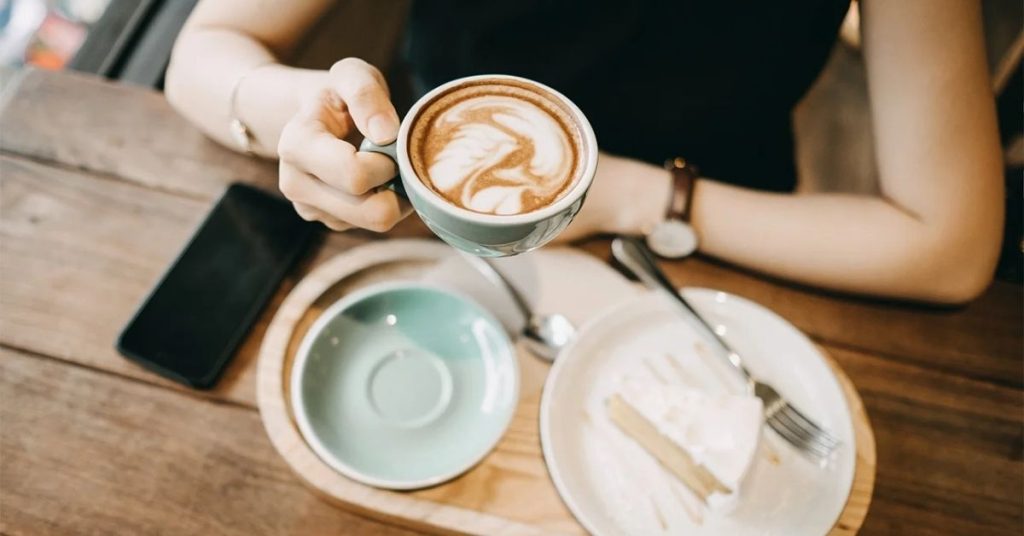
If you’re a coffee lover who’s trying to cut back on caffeine, decaf brew is a great alternative. Here’s how to make a delicious coffee decaffeinated.
Grinding the Beans
First, you’ll need to grind your beans. It’s best to grind the beans just before you’re ready to brew your coffee to ensure maximum freshness. I like to use a burr grinder because it gives a more consistent grind, but a blade grinder will work as well.
For a standard 8-ounce cup of coffee, you’ll want to use about 2 tablespoons of ground coffee. Adjust the amount of coffee to your taste preferences.
Brewing the Coffee
There are many ways to brew this non-caffeinated brew, but my favorite method is the pour-over. Here’s how to do it:
- Heat water to just below boiling.
- Place a paper filter in your pour-over cone and rinse it with hot water.
- Add your ground coffee to the filter.
- Slowly pour hot water over the coffee in a circular motion, starting from the center and working your way out.
- Let the coffee drip through the filter and into your cup.
- Enjoy your delicious coffee!
You can also use a drip coffee maker or a French press to brew decaf. Just be sure to follow the manufacturer’s instructions for your specific brewing method.
That’s it! With these simple steps, you can make a great cup of decaffeinated beverages anytime.
Method of Decaffeination Used Today
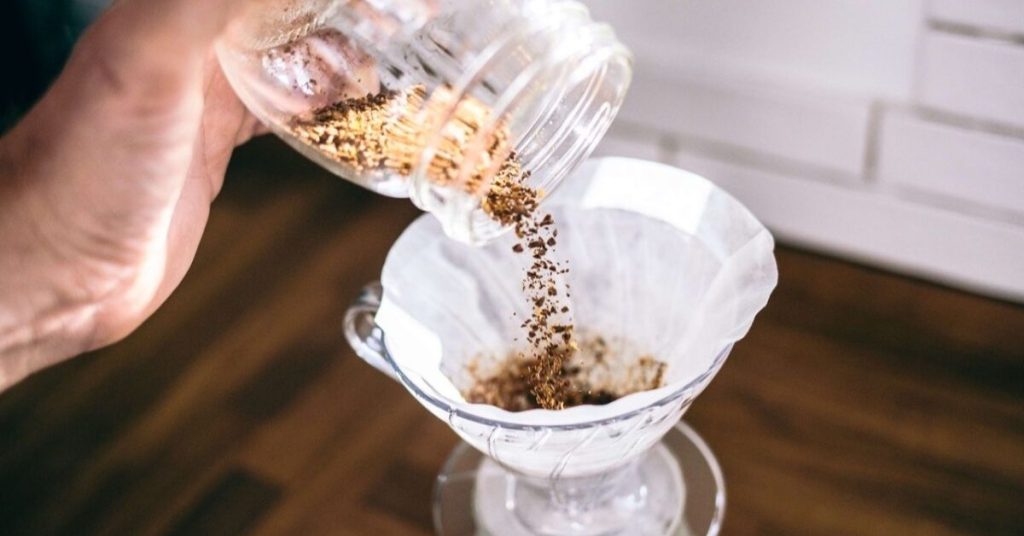
When it comes to making decaf brew, there are several methods used today. Here are some of the most common ones:
Direct Solvent Process
The Direct Solvent Process is one of the oldest and most widely used methods for decaffeinating coffee. It involves soaking green coffee beans, typically methylene chloride or ethyl acetate, which removes the caffeine.
Indirect Solvent Process
Similar to the Direct Solvent Process, the Indirect Process also uses a solvent to remove caffeine. However, instead of marinating the beans directly, they are first soaked in water. The water is then treated with the solvent, which removes the caffeine. The beans are then returned to the water to reabsorb their flavor compounds.
Swiss Water Process
The Swiss Water Process is a chemical-free method of decaffeination that relies on water and activated charcoal. The process involves soaking coffee beans in hot water, which dissolves the caffeine from coffee beans. The water is then passed through activated charcoal, where caffeine is removed from molecules. The beans are then returned to the water to reabsorb their flavor compounds.
Carbon Dioxide Process
The Carbon Dioxide Process involves using liquid CO2 to extract caffeine from the beans. The beans are first soaked in water and then placed in a chamber where liquid CO2 is introduced. The CO2 binds to the caffeine molecules, which are then removed from the chamber. The beans are then returned to the water to reabsorb their flavor compounds in coffee.
Each decaffeination guide has its own advantages and disadvantages. Some methods are more environmentally friendly, while others may leave a residue on the beans. Ultimately, the choice of decaffeination recipe comes down to personal preference and the specific needs of the coffee roaster.
Decaffeination Process for a Perfect Cup
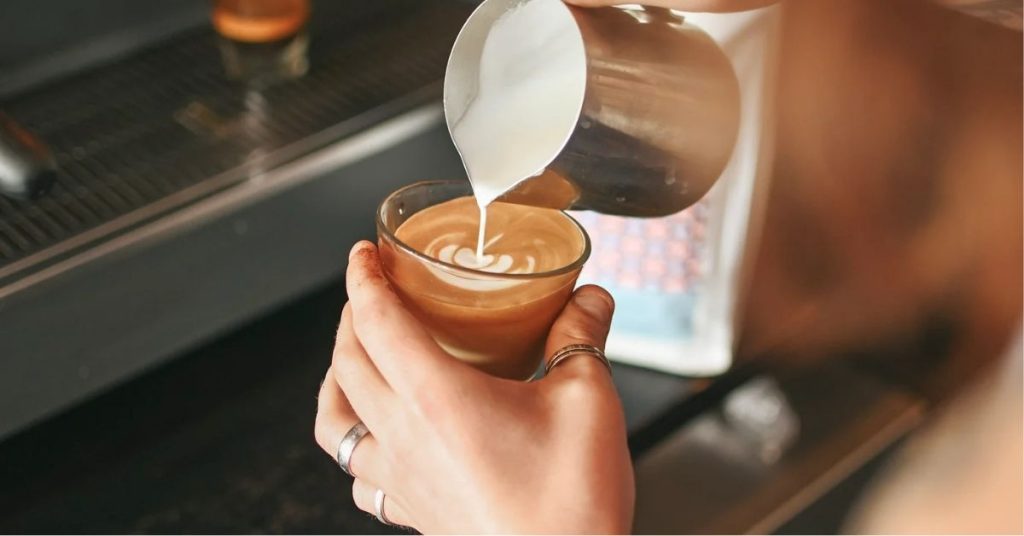
As a coffee lover who is sensitive to caffeine, I have spent a lot of time experimenting with different beans and brewing methods. Through trial and error, I have learned that the key to making a perfect decaf is not only in the beans you choose but also in the brewing process. Here are some tips on how to decaffeinate coffee for a perfect cup every time.
Choosing Quality Beans
When it comes to making the perfect decaf, high-quality beans are key. Just like with regular coffee, the flavor and aroma of decaf brew depend on the beans’ origin and roast level. Different regions have their own coffee oil and flavor profiles that range from fruity and floral to nutty and chocolatey.
When choosing beans, look for a reputable roaster who uses high-quality beans and decaffeination methods. Some popular decaffeination methods include the Direct Process, the Indirect Menstruum Process, the Swiss Water Process, and the CO2 Process. Each method has its own advantages and disadvantages, but all aim to remove caffeine while preserving the flavor and aroma of the beans.
Water Temperature
The water temperature is another important factor in making a perfect decaf. The ideal temperature for brewing decaf is between 195°F and 205°F (90°C to 96°C). This temperature range allows for optimal extraction of flavor compounds without over-extracting bitter compounds.
To achieve the ideal water temperature, I recommend using a digital thermometer to measure the temperature of the water before brewing. If you don’t have a thermometer, you can bring the water to a boil and then let it cool for 30 seconds to a minute before brewing.
Brewing Time
The brewing time is the final piece of the puzzle in decaf coffee. The ideal brewing time for decaf is between 4 and 6 minutes. This time range allows for optimal extraction of flavor compounds without over-extracting bitter compounds.
To achieve the ideal brewing time, I recommend using a timer to measure the brewing time and adjusting the grind size and coffee-to-water ratio to achieve the desired strength. Remember to also consider the type of brewing method you are using, as some methods such as the French press require a longer brewing time than others.
Common Mistakes to Avoid
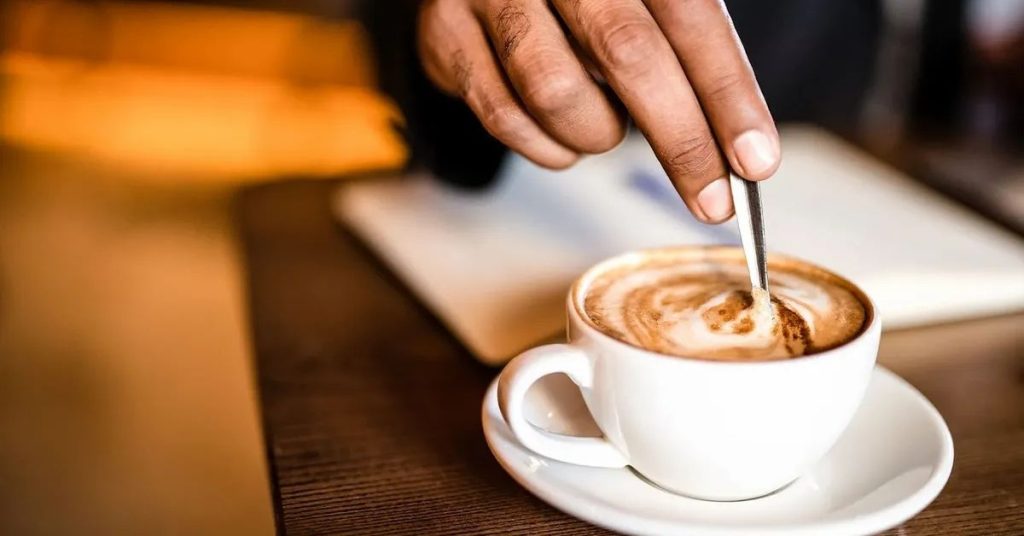
As someone who has made decaf brew countless times, I’ve learned that there are some common mistakes that can ruin the taste of your coffee. Here are some mistakes to avoid:
Over Grinding
Overgrinding your decaffeinated brew can result in a bitter and unpleasant taste. When grinding your coffee, make sure to use a burr grinder and grind your beans coarsely. This will help to prevent over-extraction and ensure a smoother taste.
Using the Wrong Water Temperature
Using water that is too hot or too cold can also affect the taste of your decaf. The ideal water temperature for brewing coffee is between 195°F and 205°F. If the water is too hot, it can cause over-extraction, resulting in a bitter taste. If the water is too cold, it can cause under-extraction, resulting in a weak and flavorless cup of coffee.
Brewing Too Long
Brewing your decaf for too long can also result in a bitter taste. It’s important to follow the recommended brewing time for your specific brewing method. For example, if you’re using a French press, the recommended brewing time is between 3-4 minutes. If you’re using a drip coffee maker, the recommended brewing time is between 5-6 minutes.
By avoiding these common mistakes, you can ensure that your decaf tastes just as good as regular coffee.
Fair Prices for Decaffeinated Coffee Beans
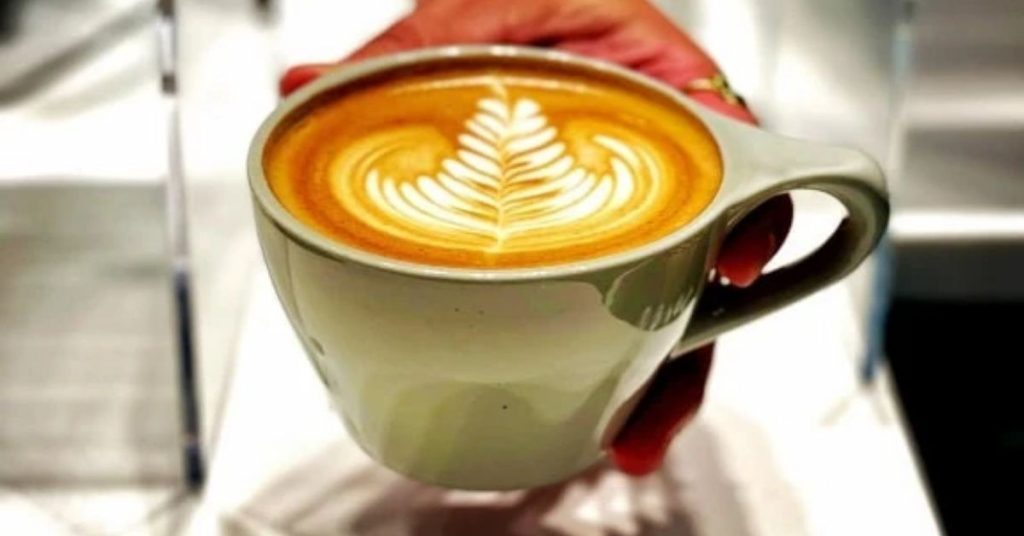
One way to ensure fair prices is to buy decaf pulses from a trusted source that values transparency in their pricing. Look for a company that discloses their sourcing and pricing information, and is committed to paying fair prices to their suppliers.
Another way to ensure fair prices is to purchase beans in bulk. This can be especially cost-effective if you have a regular decaf coffee habit. Many coffee suppliers offer bulk discounts on beans, so be sure to compare prices and take advantage of any deals.
When purchasing beans, it’s important to consider the origin and quality of the beans. While fair prices are important, it’s also important to choose beans that are ethically sourced and of high quality. Look for beans that are certified organic decaf or fair trade, as these certifications ensure that the beans were grown and harvested using sustainable and ethical practices. Besides, you can find a coffee shop
In summary, fair prices for decaffeinated coffee beans can be found by purchasing from a trusted source, buying in bulk, and considering the origin and quality of the beans. By following these tips, you can enjoy a delicious decaf cup without breaking the bank.
Conclusion
In conclusion, making decaf coffee can be a simple process with the right equipment and knowledge. There are several methods to choose from, including the direct solvent process, indirect menstruum process, Swiss water process, and carbon dioxide process. Each method has its own advantages and disadvantages, so it’s important to choose the one that best suits your needs.
When making decaf brew, it’s important to remember that the decaffeination process can affect the flavor and aroma of the coffee. To preserve as much of the original flavor as possible, it’s recommended to use high-quality beans and to roast them carefully.
Once you’ve chosen your method and roasted your beans, the rest is easy. Simply grind the beans, brew them using your preferred method, and enjoy your delicious cup of decaf coffee.
Remember, decaffeinated coffee is a great option for those who love coffee but want to avoid the effects of caffeine. With a little practice and experimentation, you can make a perfect cup of fresh decaf every time.
